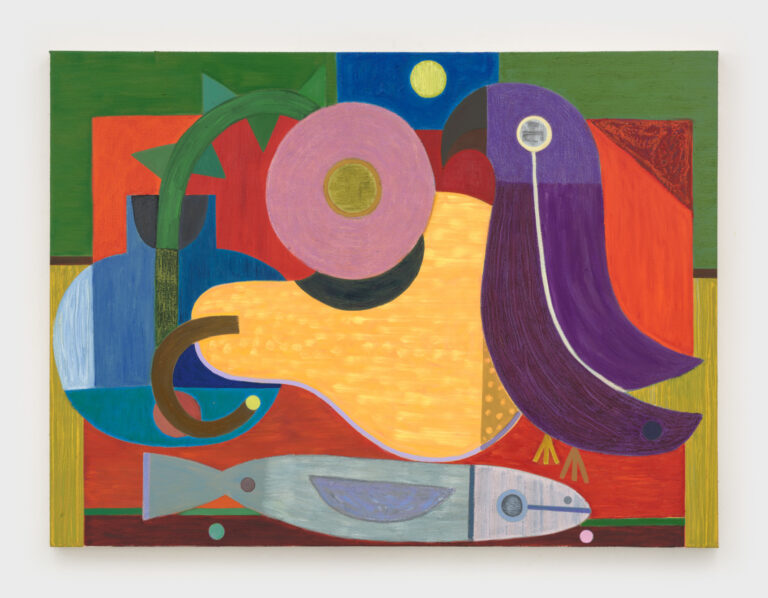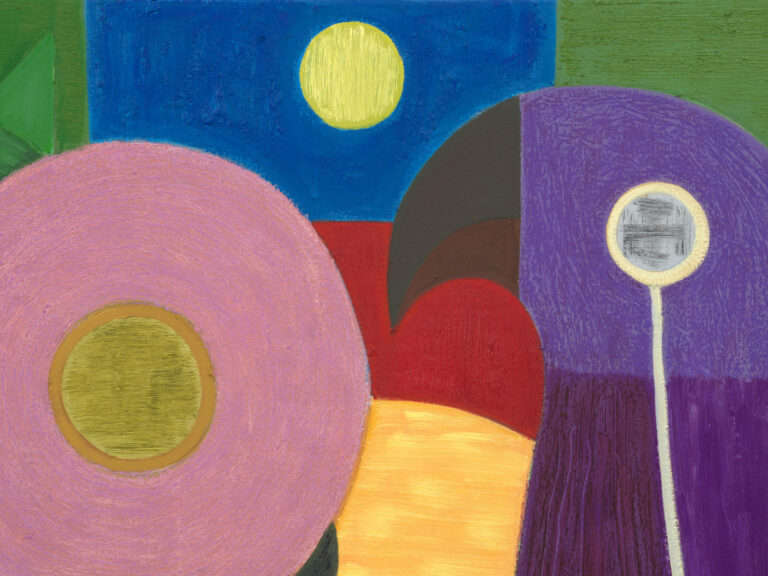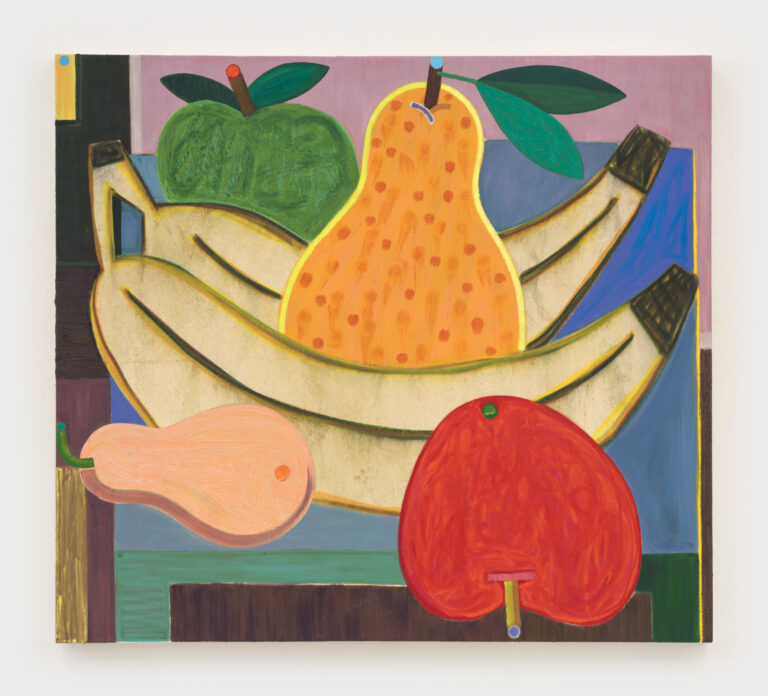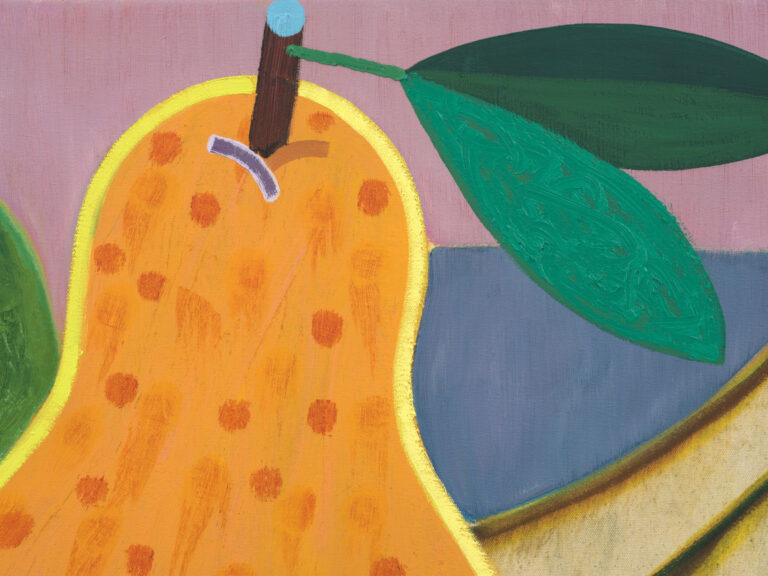Austin Eddy
Everything In Its Place.
1 MAR until 19 APr 2025
Opening – 1 MAR 2025, 6-8 pm
Austin Eddy is known for his colorful and abstract paintings. His works combine geometric forms with figurative allusions and are reminiscent of the Cubist and Modernist traditions. Eddy often works with texture and layering, giving his works a tactile quality. His themes revolve around everyday scenes, emotions, and narratives, which he captures in stylized, often humorous compositions. His works reflect an intimate, personal dimension and invite viewers to discover stories and relationships behind the abstracted forms. Inspired by folk art, modernist painting, and graphic elements, Austin Eddy combines tradition and innovation, which has led to his developing a distinctive aesthetic. In his first solo exhibition at Wentrup – “Everything In Its Place” – the Brooklyn-based artist presents a new cycle of still lifes.

Austin Eddy
Everything In Its Place., 2024
Oil, pastel on canvas
86.4 x 116.8 cm
Courtesy of the artist and Wentrup, Berlin.
Photo: Stan Narten

Austin Eddy
Everything In Its Place., 2024
Oil, pastel on canvas
86.4 x 116.8 cm
Courtesy of the artist and Wentrup, Berlin.
Photo: Stan Narten
Austin Eddy (b. 1986) received his BFA from the School of the Art Institute of Chicago in 2010. He lives and works in Brooklyn, New York. Since graduating, he has exhibited internationally. His most recent solo exhibitions include “Still Life” at Kunstverein Heilbronn and “Songs For The Sun” at Galerie Presenhuber in Zurich (both 2024). From 21st February his solo exhibition “Sea Song” is on view at Kunsthalle Emden. In fall 2025 Eddy will exhibit at the Museum Penzenberg – Campendonk Collection.

Austin Eddy
Fresh Fruit For Rotting Vegetables., 2024
Oil, pastel on canvas
91.4 x 101.6 cm
Courtesy of the artist and Wentrup, Berlin. Photo: Stan Narten

Austin Eddy
Fresh Fruit For Rotting Vegetables., 2024
Oil, pastel on canvas
91.4 x 101.6 cm
Courtesy of the artist and Wentrup, Berlin. Photo: Stan Narten
